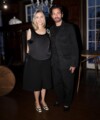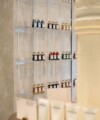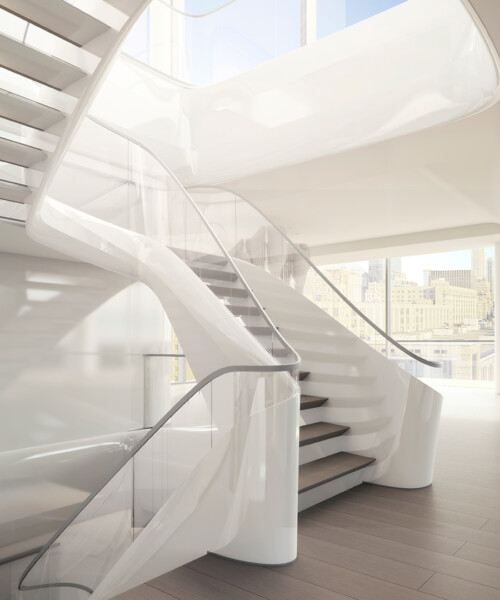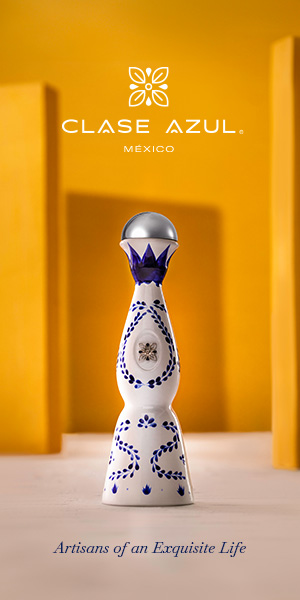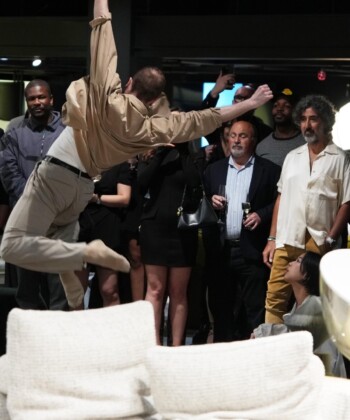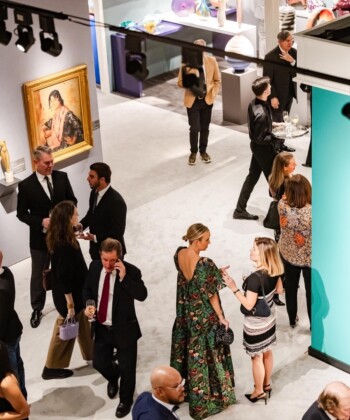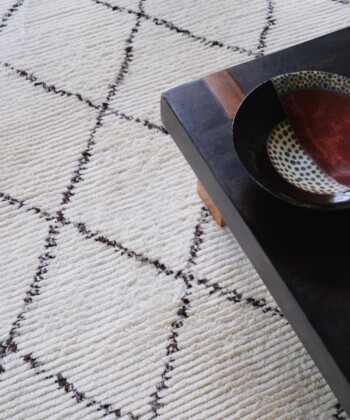Last night in Chelsea, Zaha Hadid celebrated the launch of sales in 520 West 28th—her much-anticipated premiere outpost in New York City. Located along the High Line, the 11-story, 39-unit residential building’s most distinctive feature is the curvaceous, chevron-patterned façade that winds between exterior apartment spaces to create a truly futuristic structure. At a lunch yesterday, the Pritzker Prize-winning architect, along with Patrik Schumacher, director of Zaha Hadid Architects, commented on the challenges posed by the project in its infancy.
“Initial conditions seemed so constricting,” Schumacher said. “We saw the kind of zoning envelope, and initially we couldn’t see how we could make something elegant and coherent, aesthetically. But we pushed beyond and then shaved back, and we created something that seems effortless.”

Patrik Schumacher and Zaha Hadid at a launch event for 520 West 28th
Hadid said she had been dreaming of a project in New York for decades, and thinks the city’s constrictions have the potential to spur architectural ingenuity. “New York is unique. Because of the grid, you can find very extreme solutions to every plot,” she said.
Related Companies is the real estate firm at the helm of 520 West 28th, and Executive VP Gregory Gushee made note a couple of times yesterday that “no expense was spared,” on either the exterior plans for the building or the individual residences within, each uniquely designed by Hadid. This comes as a surprise to no one, as Hadid’s projects have become quite famous for their exorbitant price tags. The residences in 520 West 28th will sell from 5 to 50 million dollars, and the amenities will include a 75-foot skyline swimming pool, spa, gym, entertaining lounge, a special High Line viewing suite, the city’s first private IMAX theater and even automated robots to park residents’ cars.

A bedroom in 520 West 28th
Hadid’s acolytes are many, and when asked what her fans have in common Schumacher weighed in. “They all have an aesthetic sense. It’s… cool! I think it’s important that we do cool places for cool people. I think there’s serious function for society in that potential, because we need to collect people in the buildings—work places or residential places—that share something…and gather people who are relevant to each other. So, I expect there to be super cool people in your building here.”

A kitchen in 520 West 28th
And Hadid has her own hopes for making New York cooler. “I think New York had a kind of [architectural] Renaissance in the ‘30s, and some time in the ‘60s. I hope that ambition returns to New York, to make many great buildings.”





